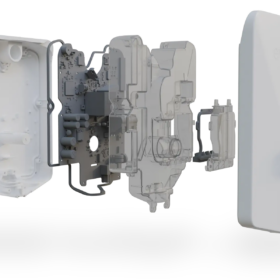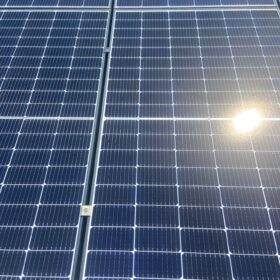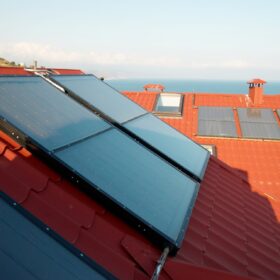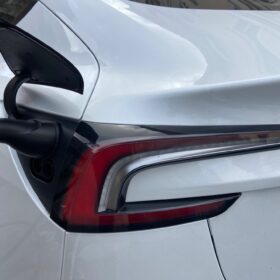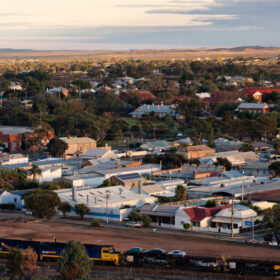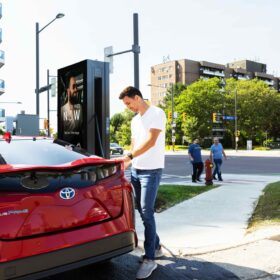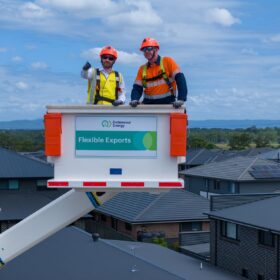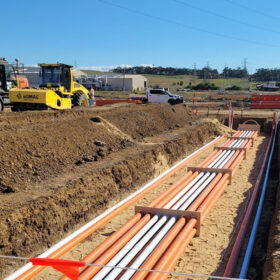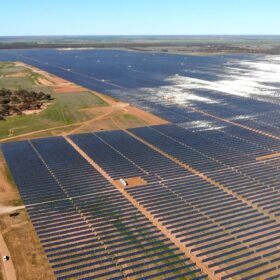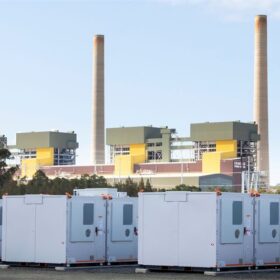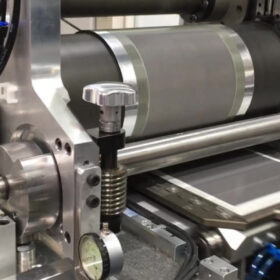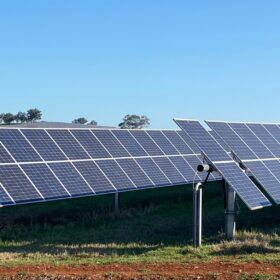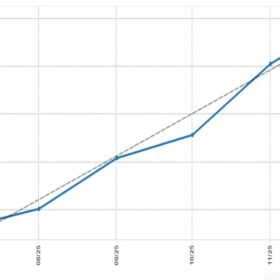New Zealand-made EV home chargers launch in Australia
New Zealand electric vehicle home charger manufacturer is introducing it’s 7.4 kW E2 product range to Australia, that both divert excess solar power from rootfop installations and provide up to 50 kilometres of charge per hour.
Solar installers’ preferred panels, inverters revealed
A new survey shows the majority of Australian solar installers are unconcerned what brand solar panels and battery energy storage systems they work with, but they have a clear preference when it comes to inverters.
Fleet Space partners with US explorer in global hunt for hydrogen
South Australian satellite exploration startup Fleet Space has teamed with United States-headquartered hydrogen company Koloma to accelerate the discovery and development of natural hydrogen around the world.
CEC research finds preference for rooftop solar far outshines nuclear
Clean Energy Council research has found 80% of respondents to an Australian-wide survey support rooftop solar and 69% favour solar farms over 35% showing preference for nuclear power generation.
Tesla hit with class action around phantom braking
Electric vehicle giant Tesla is being sued in Australia over claims it sold vehicles that are defective and don’t deliver on the company’s promises around autonomous driving capabilities and battery range.
NSW provides tick of approval for compressed air energy storage system
Broken Hill has moved another step closer to becoming one of the world’s largest renewable energy microgrids with the New South Wales government providing planning approval for an Australian-first compressed air energy storage facility to be built near the iconic mining town.
Jolt secures $214 million to accelerate EV charger rollout
Australian electric vehicle charging provider Jolt has secured a $214 million loan agreement with the Canada Infrastructure Bank to install 1,500 kerbside EV chargers across urban centres in Canada.
AI-powered technology helps deliver flexible export limits for rooftop solar
Electricity network operator Endeavour Energy has launched a “flexible exports” service for rooftop solar systems in New South Wales that it forecasts will contribute 600 MW of additional renewable energy capacity over the next decade.
Zenviron lands BOP contract for 1.4 GWh battery project
Balance-of-plant contractor Zenviron has been awarded a contract with electricity gen-tailer EnergyAustralia to build a four-hour battery energy storage system of 350 MW capacity in Victoria’s Latrobe Valley.
Cook serves up $387 million residential battery rebate scheme
The Western Australian government has moved to accelerate the uptake of residential battery energy storage systems, announcing it will introduce a $387 million rebate scheme to encourage the installation of household batteries to store and utilise extra power generated by rooftop solar.
